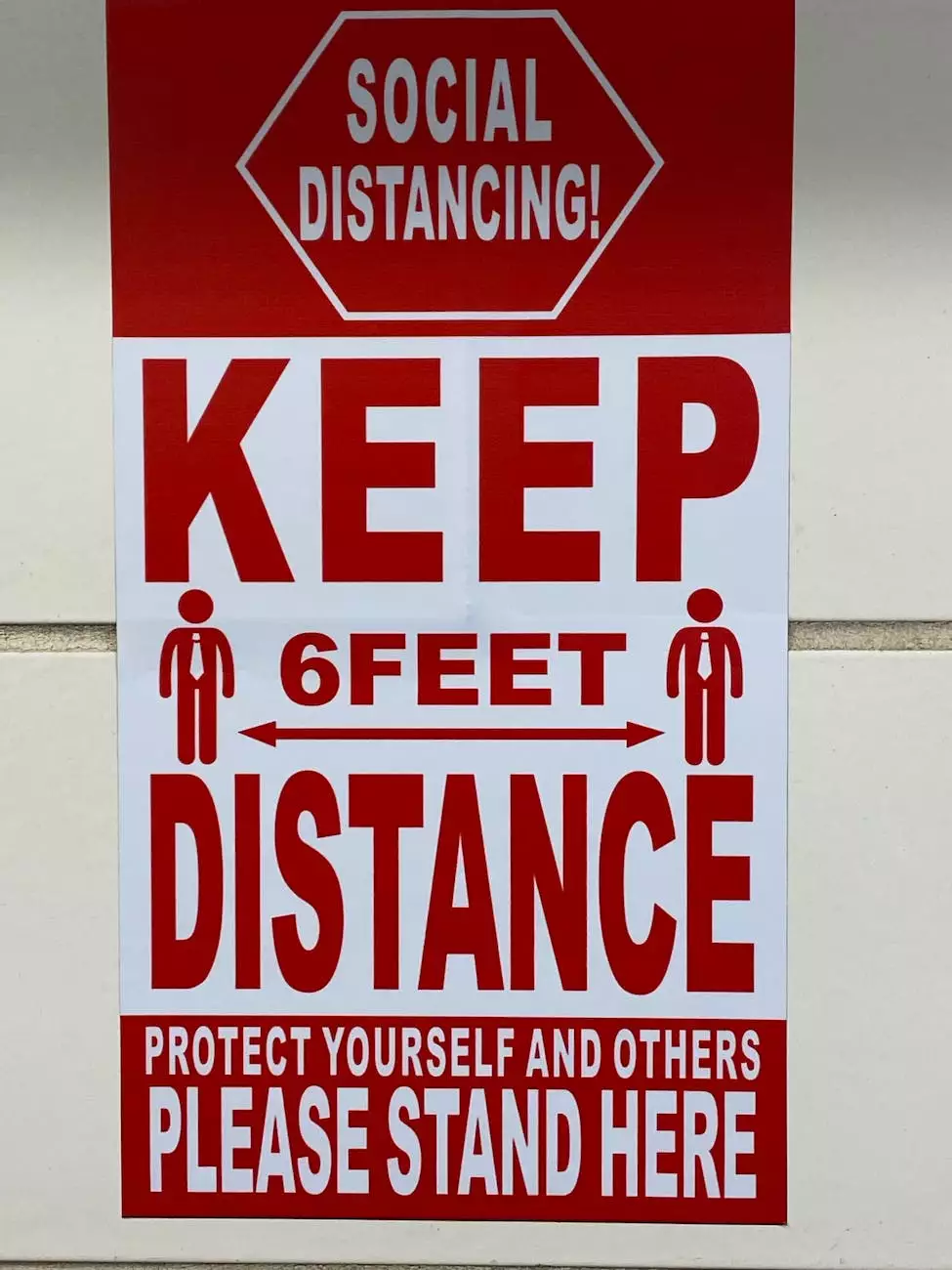Preventing Security Issues in Rails

Welcome to Your SEO Geek, the leading SEO agency in Buffalo. We specialize in helping businesses succeed online by providing top-notch digital marketing services. In this article, we will explore methods for preventing security issues in Rails, a popular web application framework.
Understanding the Importance of Security in Rails
As a business operating online, it is crucial to prioritize the security of your web applications. Security vulnerabilities can expose you to various risks, including data breaches, unauthorized access, and damage to your reputation. Rails, known for its simplicity and effectiveness, offers several features to enhance security, but it is essential to be proactive in preventing security issues.
Identifying Common Security Risks in Rails
Before diving into prevention methods, it is crucial to understand the common security risks associated with Rails. By knowing these risks, you can take targeted actions to mitigate them:
- SQL Injection: Rails provides protection against SQL injection attacks through ActiveRecord's query sanitization, but developers should always validate and sanitize user input.
- Cross-Site Scripting (XSS): Properly escaping user-generated content before displaying it on web pages can prevent XSS attacks.
- Cross-Site Request Forgery (CSRF): Implementing CSRF tokens can safeguard against unauthorized form submissions.
- Insecure Direct Object References: Setting up proper authorization checks and ensuring that sensitive data is not exposed inadvertently can prevent this type of vulnerability.
Prevention Methods for Rails Security Issues
1. Keep Rails and Gems Up to Date
Regularly updating Rails and the associated gems is essential to benefit from security patches and bug fixes. Stay informed about new releases and take necessary actions to keep your application secure.
2. Implement Strong Authentication Mechanisms
Ensure that your authentication mechanisms are robust and follow best practices. Utilize strong password hashing algorithms, consider multi-factor authentication, and implement secure session management.
3. Perform Input Validation and Sanitization
Thoroughly validate and sanitize user input to prevent code injection attacks. Utilize Rails' built-in validation mechanisms and sanitize data before storing or displaying it.
4. Use Secure Configuration Settings
Review and configure your application's settings for optimal security. Enable secure HTTP headers, disable unnecessary middleware, and configure CSRF token protection.
5. Implement Role-Based Authorization
Implement role-based authorization to control access to different parts of your application. Restrict permissions based on user roles and ensure sensitive actions and information are only accessible to authorized individuals.
6. Set up Secure Session Management
Follow best practices for session management, including using secure cookies, limiting session duration, and protecting session tokens from potential attacks.
7. Conduct Regular Security Testing
Perform regular security assessments and penetration tests to identify vulnerabilities. Utilize tools like Brakeman and perform manual code reviews to find potential security flaws.
8. Educate Your Development Team
Ensure your development team is well-versed in secure coding practices. Provide comprehensive training and stay updated on the latest security trends and best practices.
Conclusion
Securing your Rails applications is a critical step in protecting your business and customers from potential security risks. By staying proactive, implementing best practices, and regularly assessing your application's security, you can significantly reduce the likelihood of security vulnerabilities and mitigate potential damages.
At Your SEO Geek, we understand the importance of security in digital marketing. As a leading SEO company in Buffalo, our expert SEO consultant can help you with all your digital marketing needs. Contact us today for professional SEO services!










